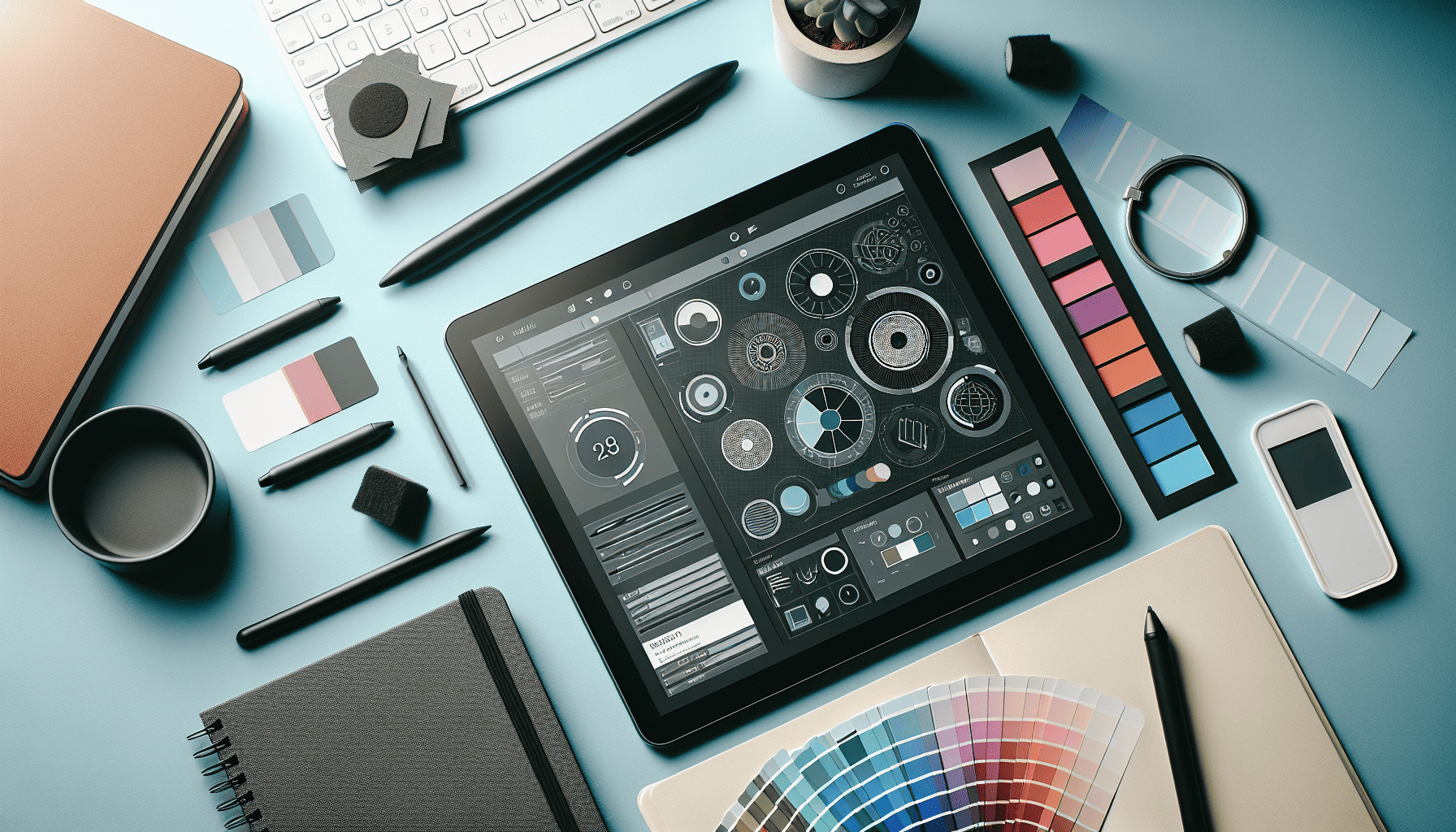In the rapidly evolving field of graphic design, having the right tools is crucial to not only enhance creativity but also to improve efficiency and output quality. Whether you're a seasoned professional or an aspiring graphic designer, equipping yourself with the right software and hardware can make a significant difference in your workflow. Here are the top five tools that every graphic designer should consider incorporating into their toolkit.
- Adobe Creative Cloud Suite
When it comes to graphic design, the Adobe Creative Cloud remains an industry standard. Including powerful applications like Photoshop, Illustrator, and InDesign, it offers a comprehensive range of tools that cater to every aspect of design. Photoshop is unmatched in photo editing and digital painting, Illustrator is perfect for vector graphics and logo creation, while InDesign is indispensable for layout design. The seamless integration within the suite allows for a smooth transition between applications, ensuring a fluid creative process.
- Sketch
For designers focused on user interface and web design, Sketch is a must-have tool. Its simplicity and efficiency make it highly favored for prototyping and wireframing. With a vast collection of plugins and a strong online community, Sketch provides endless customization options and support. Its versatile vector editor allows for easy scaling and resizing without losing quality, making it a versatile tool for responsive design.
- Procreate
For illustrators and designers who prefer working on a tablet, Procreate offers a robust solution. Available exclusively on iPad, Procreate provides a natural drawing experience akin to traditional media. With a plethora of brushes and an intuitive interface, it’s perfect for creating detailed illustrations and hand-lettering. The portability and ease of use make Procreate a favorite among digital artists.
- Canva
Not every project requires complex software like the Adobe Suite. For quick designs and social media graphics, Canva is an excellent alternative. Its user-friendly drag-and-drop interface enables designers to create stunning visuals without heavily investing time into learning complex design software. With a vast library of templates, images, and fonts, Canva is ideal for creating marketing materials and presentations quickly and efficiently.
- Wacom Tablets
While software is vital, the right hardware can significantly impact your creative process. Wacom tablets offer precision and control that is hard to achieve with a mouse. They are an excellent investment for anyone serious about drawing and digital art. With pressure sensitivity mimicking traditional drawing tools, Wacom tablets provide a more natural and tactile design experience, allowing for detailed and nuanced artwork.
In conclusion, the tools you choose as a graphic designer profoundly influence your workflow, output quality, and creative potential. While these suggestions are among the most popular and effective, it's essential to explore and experiment to find tools that suit your style and meet your specific needs. As technology continues to evolve, staying updated with the latest developments will ensure you remain competitive and efficient in your design endeavors.
